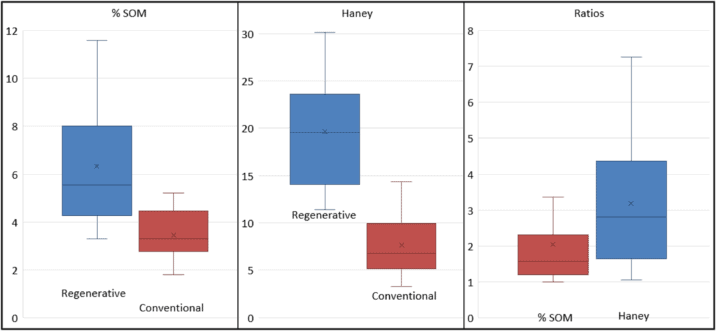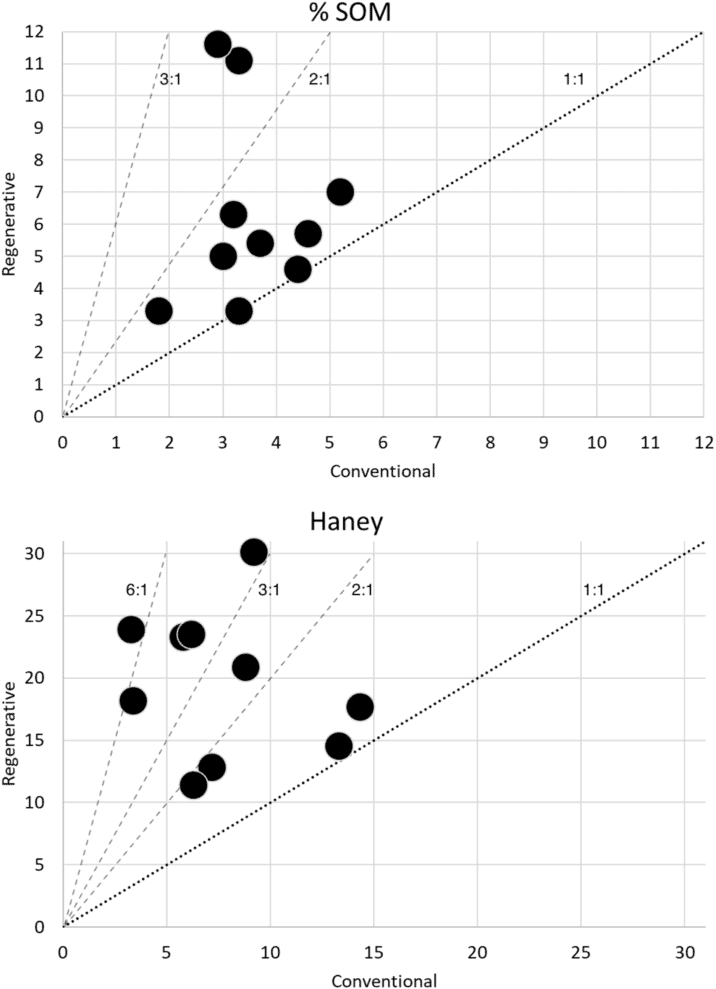This Dr. Axe content is medically reviewed or fact checked to ensure factually accurate information.
With strict editorial sourcing guidelines, we only link to academic research institutions, reputable media sites and, when research is available, medically peer-reviewed studies. Note that the numbers in parentheses (1, 2, etc.) are clickable links to these studies.
The information in our articles is NOT intended to replace a one-on-one relationship with a qualified health care professional and is not intended as medical advice.
This article is based on scientific evidence, written by experts and fact checked by our trained editorial staff. Note that the numbers in parentheses (1, 2, etc.) are clickable links to medically peer-reviewed studies.
Our team includes licensed nutritionists and dietitians, certified health education specialists, as well as certified strength and conditioning specialists, personal trainers and corrective exercise specialists. Our team aims to be not only thorough with its research, but also objective and unbiased.
The information in our articles is NOT intended to replace a one-on-one relationship with a qualified health care professional and is not intended as medical advice.
Study Finds Regenerative Agriculture Boosts Nutrient Density
May 20, 2022

Commercial agriculture, in which one crop is often mass-produced on one plot land, has many negative effects on the environment, especially the soil. In fact, research published in October 2021 states:
Conventional agricultural practices, such as floods and irrigation systems; the removal of undesired vegetation by fires, tilling, and plowing; the use of herbicides, fertilizers, and pesticides; and the intensification of these practices over the last 50 years, have led to one of the most important environmental threats—a major loss of biodiversity.
Enter regenerative agriculture, a practice defined by the Carbon Underground and Regenerative Agriculture Initiative at California State University as “farming and grazing practices that, among other benefits, reverse climate change by rebuilding soil organic matter and restoring degraded soil biodiversity – resulting in both carbon drawdown and improving the water cycle.”
As new research published in PeerJ Life & Environment in January 2022 proves, regenerative agriculture isn’t just a theory. In fact, the study found regenerative agriculture boosts nutrient density while also helping the environment.
Study Findings: Regenerative Agriculture Boosts Nutrient Density
In order to examine the effects of regenerative agriculture, researchers compared regenerative farms with conventional farms in eight states:
- North Carolina
- Pennsylvania
- Ohio
- Iowa
- Tennessee
- Kansas
- North Dakota
- Montana
Specifically, they examined the nutrient density of crops and soil health, comparing each regenerative farm with a conventional farm in close proximity. In addition, the researchers examined crops from regenerative farms in California and Connecticut.

Locations of paired farm trials.
What did they find?
- No-till regenerative vegetables had more phytonutrients.
- Regenerative agriculture practices — namely minimal or no tilling, cover crops and crop rotation — increased nutrient density in soil and boosted soil health. Based on the metrics used to compare farms, regenerative soil was seven times healthier and had higher levels of several minerals and vitamins, including B vitamins, calcium, vitamin K, copper, phosphorus, vitamin E and more.
- No-till wheat crops contained more micronutrients than conventionally tilled wheat.
- Regenerative farm meat, specifically pork and beef, had way more omega-3s and better omega-6 to omega-3 ratio.
This was because the soil was so much better and healthier on the regenerative farms, resulting in regenerative agriculture boosting nutrient density in food.

Soil health metrics for regenerative and conventional farms. Distributions of soil health metrics for regenerative (blue) and conventional (red) farms for (left) % soil organic matter, (middle) Haney test scores, and (right) ratios of paired regenerative and conventional farm values for % soil organic matter (red) and Haney test scores (blue).

Plots of (upper) soil organic matter and (lower) Haney test soil score for regenerative farms vs their paired conventional farm. Dotted lines represent 1:1 correspondence, dashed lines represent other indicated ratios.
As a result, the researchers stated, “Together these comparisons offer preliminary support for the conclusion that regenerative soil-building farming practices can enhance the nutritional profile of conventionally grown plant and animal foods.”
They further concluded:
The mechanisms and relationships through which regenerative farming practices influence the nutrient density of food, and thereby potentially human health, deserve greater attention from both agronomists and nutritionists alike. Relative to conventional farming, regenerative practices based on Conservation Agriculture produced crops with higher levels of phytochemicals, vitamins, and minerals, although which ones and by how much varied among farm pairings. Most notably, soil health appears to influence phytochemical levels in crops, indicating that regenerative farming systems can enhance dietary levels of compounds known to reduce risk of various chronic diseases …
… our preliminary comparisons suggest the potential for regenerative agricultural practices that build soil health to enhance the nutritional profile of crops and livestock, and thereby influence human health and risk of chronic diseases.
Other Regenerative Agriculture Benefits
Not only does regenerative farming enhance nutrient density, but it also improves water quality, enhances the ecosystem and helps reverse effects of climate change. It also can improve crop yields and make crops more resilient to extreme climate fluctuations.
That’s right — it’s good for humans, animals, plants and the planet as a whole. And as the researchers in the PeerJ study noted, consuming more nutrient-dense foods can help stave of many chronic diseases and reduce the risk of overall health issues.
It’s a vital practice that’s needed to protect soil and ensure farmers can continue to feed the world amid uncertainties with the climate. Plus, as this extensive study shows, regenerative agriculture boosts nutrient density of soil, crops and even animals.
It’s truly a win-win practice and a way to help sustain the food supply in a healthy way, while also protecting the environment.











